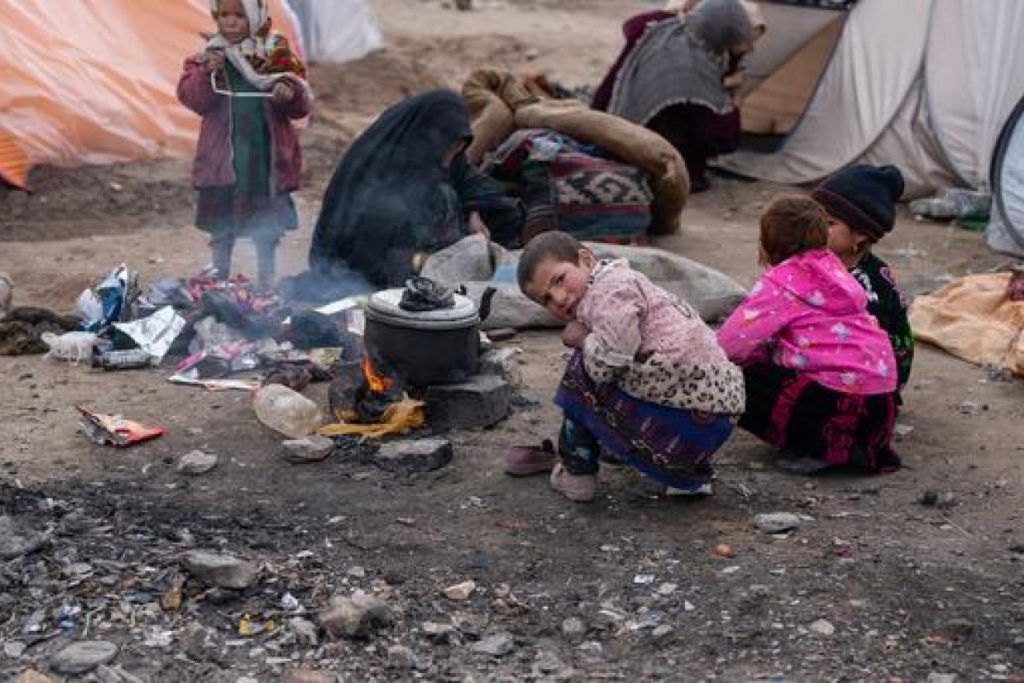The Covid-19 pandemic pushed almost 80 million people back into global poverty in 2020, according to a report by the International Labor Organization (ILO).
Then, the result of disruptions to labor supply and demand was that in 2021 labor markets continued to struggle, gaining modest ground but not returning to pre-pandemic levels.
The number of employed people living in extreme or moderate global poverty increased in 2020.
So this adverse trend undermined the hard-won development gains of the years leading up to the pandemic, delaying progress towards many of the Sustainable Development Goals.
World poverty
For example, between 1999 and 2019, the number of people in extreme poverty fell by more than 1 billion.
But now, for the first time in 20 years, world poverty has increased significantly, with the figure estimated in 2020.
And more recently, analysis by UN Women and the United Nations Development Program (UNDP) suggested that by 2021, an estimated 435 million women and girls around the world would be living on less than $1.90 a day, and that 47 millions would fall back into poverty as a result of the pandemic.
According to the ILO, labor market disruptions and loss of livelihoods have contributed to this worrying break in the trend of poverty reduction.
At the same time, when it comes to the impacts of the pandemic on the global labor market, women, especially young women, are among the hardest hit, and their recovery has also been one of the slowest.
Even in non-crisis times, decent work deficits are more pronounced among women.
The ILO describes that women tend to receive lower pay for the same work and often endure worse working conditions than their male counterparts.
They, too, are more susceptible to layoffs and face more barriers to re-entering the labor market than men.
Women make up a large part of the workforce in some of the sectors most affected by the Covid-19 crisis.
For example, women make up more than 70% of workers in health and care institutions worldwide.
![]()

